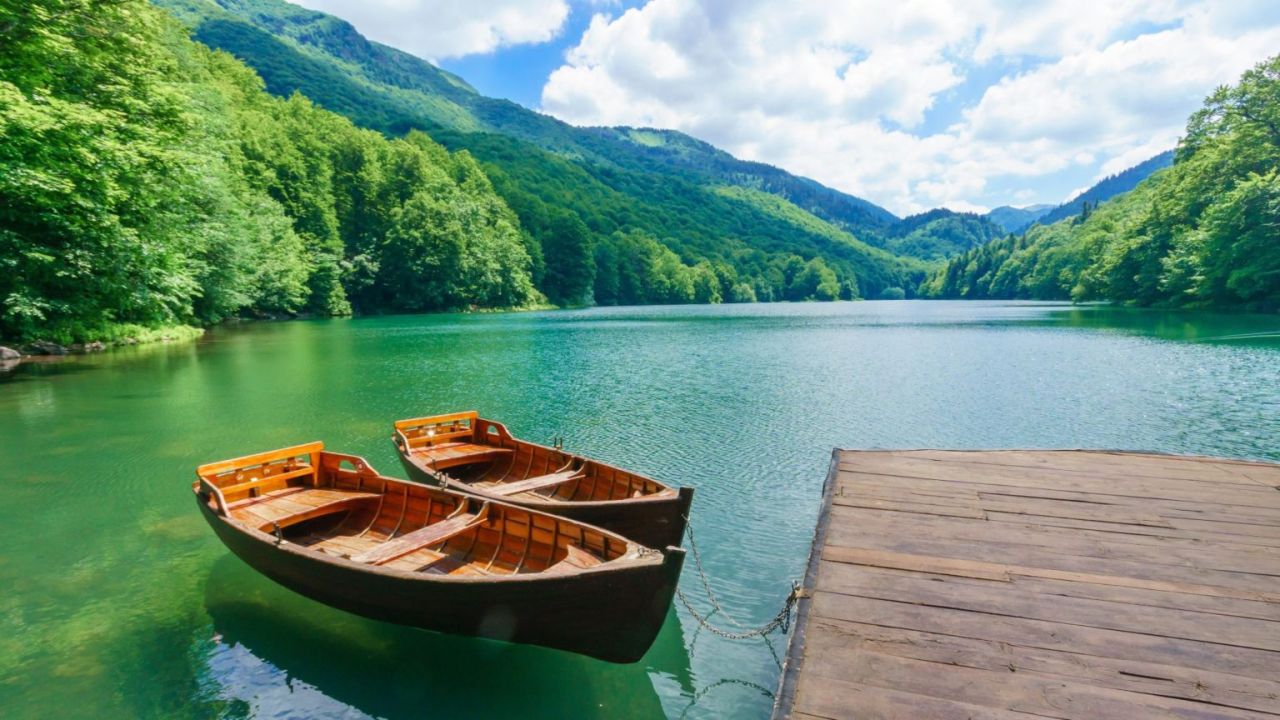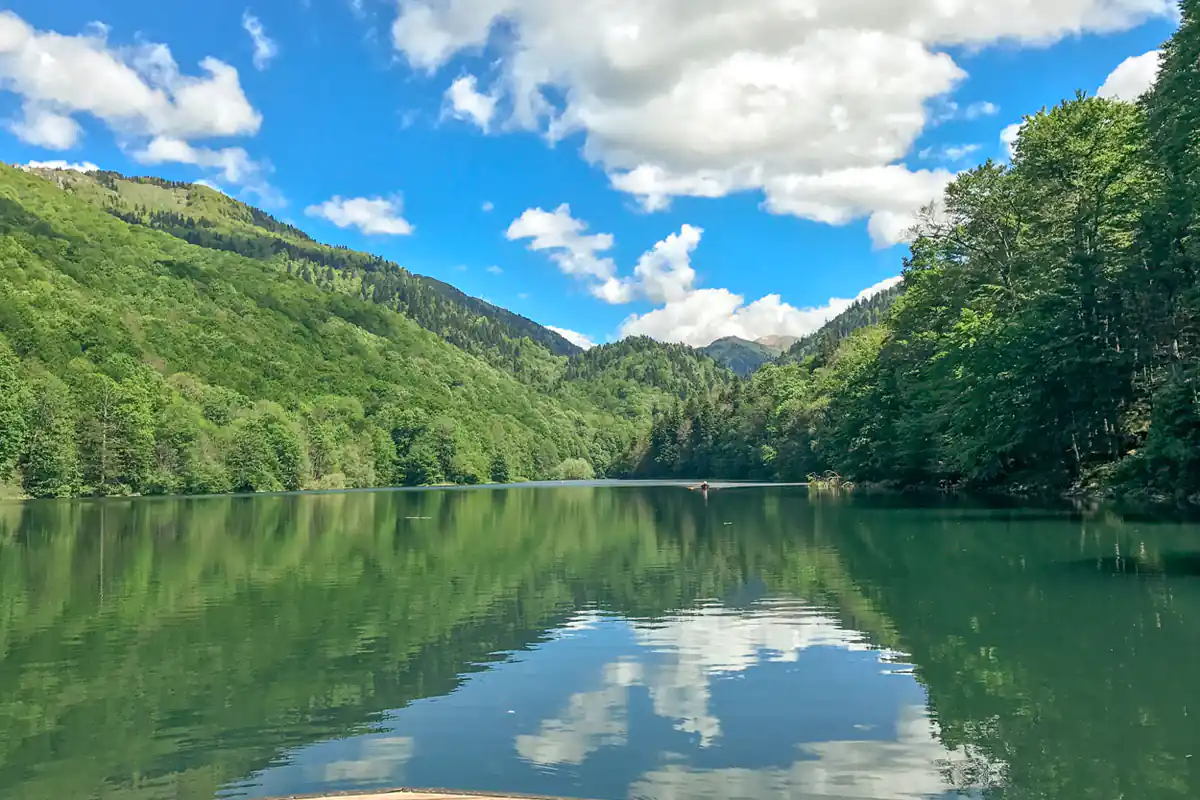
Key Takeaways
- Biogradska National Park is Montenegro’s first national park, established in 1952, and one of Europe’s last virgin forests.
- It hosts Biogradsko Lake, ancient trees over 500 years old, and diverse ecosystems supporting rare flora and fauna.
- The park’s natural beauty and ecological importance make it a vital Balkan natural treasure.
- Located near the Albanian border, the park is easily accessible for travelers from Albania and the wider Balkan region.
- Conservation efforts ensure the preservation of its pristine forests and biodiversity for future generations.
Table of contents
- Overview of Biogradska National Park: Landscape, Flora, and Fauna
- Historical and Cultural Significance: Connections and Traditions
- Tourist Attractions and Activities: Exploring Biogradska’s Offerings
- Conservation Efforts and Environmental Importance: Safeguarding Nature
- Practical Information for Visitors from Albania: Planning Your Visit
Biogradska National Park stands as a testament to the untouched beauty and ecological richness of the Balkans. Its pristine forests, glacial lakes, and diverse wildlife offer an authentic experience for nature lovers and adventure seekers alike. Situated close to the Albanian border, it provides an accessible escape into Europe’s last virgin forests, making it an ideal addition to any Balkan itinerary.
Overview of Biogradska National Park: Landscape, Flora, and Fauna
Spanning over 5,650 hectares of lush, varied terrain, Biogradska is a true natural masterpiece. The park features glistening glacial lakes, towering mountains, and one of Europe’s remaining virgin forests, which is home to some ancient trees over 500 years old.
At its core lies Biogradsko Lake, a pristine glacial body of water surrounded by dense forests and rugged peaks. These features create a mosaic of habitats that support an abundance of wildlife.
In terms of flora, the park hosts a variety of trees including beech, fir, spruce, maple, and elm. This diversity fosters a rich ecosystem supporting mammals like brown bears, wolves, roe deer, and chamois. Birdwatchers can observe numerous bird species, some of which are endangered, soaring above the treetops.
The park’s protected status ensures the conservation of these ecosystems. Its location within the UNESCO Biosphere Reserve highlights its significance for regional ecological stability, water resource regulation, and biodiversity.
Historical and Cultural Significance: Connections and Traditions
The history of Biogradska National Park is intertwined with the broader Balkan cultural tapestry. Influenced by empires such as the Ottoman, the region’s stories and traditions reflect a deep connection between people and nature.
Local folklore enriches the cultural fabric—mythical tales about the forests, lakes, and mountains are passed from generation to generation, echoing the mystical relationship between communities and their natural environment. The name “Biogradska” may be linked to historical settlements or local tribes, adding a layer of cultural heritage to the natural landscape.
Exploring these stories provides visitors with a holistic understanding of the region’s history and cultural resilience, bridging ecological appreciation with human heritage.
Tourist Attractions and Activities: Exploring Biogradska’s Offerings
Biogradska offers a plethora of outdoor activities suitable for all adventure levels. Well-maintained hiking trails wind through forests and along ridges, offering panoramic views and an intimate connection with nature.
You can take a leisurely walk around Biogradsko Lake, rent a boat to enjoy the calm waters, or challenge yourself with climbs up Crna Glava peak for breathtaking vistas.
Wildlife enthusiasts can spot deer, wolves, and possibly even a brown bear, while birdwatchers may observe eagles and woodpeckers in their natural habitat. Camping within designated areas allows for an immersive experience, under a star-lit sky surrounded by untouched nature.
Visitor centers provide helpful information about trails, safety, and environmental preservation practices. For travelers from Albania, accessible border crossings like Hani i Hotit/Božaj make reaching the park straightforward, especially during the warmer months from May to September.
Conservation Efforts and Environmental Importance: Safeguarding Nature
As a protected area, Biogradska National Park benefits from ongoing conservation initiatives aimed at preserving its virgin forests and endangered species. These programs promote sustainable tourism, research collaborations, and habitat restoration.
The park’s ecological role extends beyond Montenegro, contributing significantly to Balkan biodiversity. By maintaining intact habitats, the park helps support migratory species, regulate water quality, and mitigate environmental risks like flooding.
Visitors are encouraged to practice responsible tourism—leaving no trace, respecting wildlife, and following park guidelines—to ensure the preservation of its natural state for generations to come.
Practical Information for Visitors from Albania: Planning Your Visit
Traveling from Albania to Biogradska involves simple planning. Albanian citizens do not require a visa for stays up to 90 days, making a visit quite accessible. Border crossings such as Hani i Hotit/Božaj facilitate the journey by car.
It’s advisable to check current border and visa policies before departure. Parking, accommodations, and camping options are available in nearby towns like Kolašin, Mojkovac, and surrounding areas. The park has entrance fees, visitor centers with amenities, and designated camping sites requiring permits. To ensure safety, always inform someone about your hiking plans, stick to marked trails, and prepare for variable weather conditions. Utilizing Leave No Trace principles helps preserve the park’s beauty for future visitors.
For detailed planning, check [Official Montenegro Tourism](https://nparkovi.me/en/national-parks/national-park-biogradska-gora), review local accommodation platforms, and consult travel forums for updated tips and experiences.
Conclusion: Embrace Biogradska National Park
Biogradska National Park is a pristine symbol of the Balkans’ natural and cultural riches. Its accessible location, rich biodiversity, and deep-rooted traditions make it an ideal destination for travelers seeking authentic Balkan experiences. By exploring its ancient forests, glacial lakes, and diverse wildlife, visitors gain an appreciation for the region’s ecological treasures and cultural stories.
We invite explorers to immerse themselves in the serene beauty of Biogradska, support conservation efforts, and carry forward the tradition of protecting this unique Balkan jewel. Whether for adventure, education, or simple connection with nature, the park promises an unforgettable journey into the heart of Montenegro’s natural heritage.


0 Comment